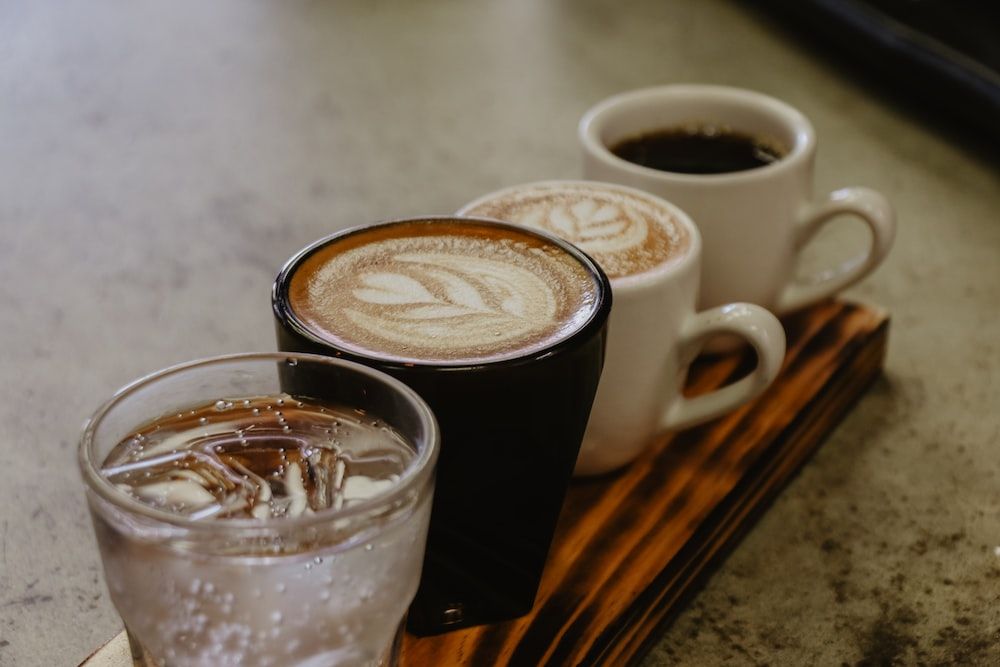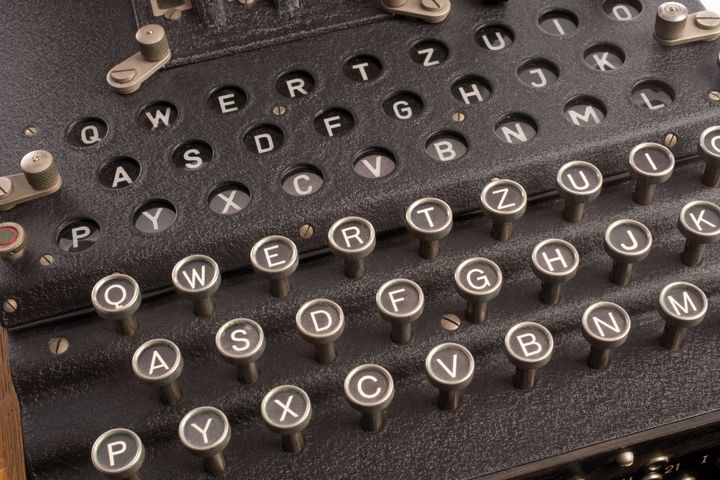Spaghetti Bridge Competition

Spaghetti bridge is a competition organized by IESL young members section (YMS) in collaboration with IESL Student Chapter of University of Peradeniya and Civil Engineering Society of University of Peradeniya. This is a great opportunity for engineering undergraduates to improve their talents as well as soft skills. This competition is held annually among civil engineering undergraduates from each university ( Peradeniya , Moratuwa and Ruhuna ).The uniqueness of the competition is the material used for this competition which is spaghetti, a kind of noodle (pasta) and a brittle material.
The aim of having such a competition is to test theoretical knowledge of engineering undergraduates in a practical situation and to develop interrelationship between universities. This year, it was held for the second time in Sri Lanka at Techno 2014 exhibition held in BMICH. It was open for all civil engineering students. Maximum size of a group was six.
First, a proposal had to be submitted by each group. And then, 15 teams were selected to compete in the internal contest. The best 5 teams were eligible to participate for the final competition held at the Techno 2014 on 12th October 2014.
Objective of the competition was to build the strongest spaghetti bridge from optimum quantity of spaghetti and hot melt glue.
Teams were able to use following materials which were provided by the organizing committee.
- Packet of Spaghetti weighing 500g (additional spaghetti was provided on request)
- Hot melt glue gun and 100g of glue sticks
The Rules of the Game were as follows:
- The maximum depth of the bridge from the highest point to the lowest point should not exceed 350 mm.
- The lowest point of the bridge should not be more than 100 mm below a horizontal line running between the two end support surfaces.
- The minimum span of the bridge should be 600 mm and the width should be less than 125 mm.
- Glue can be applied on the members as rings and on the joints and connections. (Glue cannot be applied along the members to transfer the loads)
- The minimum distance between two adjacent glue rings should be 25 mm.
- The maximum allowable mass of the bridge, excluding the loading platform were 600g.
- Competitors were strictly informed that the bridges weighing beyond the limit were deemed disqualified.
- Road Deck- A block of wood (50 mm x 50 mm x 50 mm), representing a car, must be able to pass unobstructed from one end to the other across the bridge along the top surface of the road.
Time slot of 5 hours were allocated to fabricate the bridge. During the competition, bridges were loaded until failure. Bridges were graded by the ratio of maximum load to the weight of the bridge. Awards were given for the groups presenting top three bridges among the participants.
There were 15 groups with 8 contestants from University of Peradeniya (UOP), University of Moratuwa (UOM) and University of Ruhuna (UOR).
- Collins Bridge, Rainbow, Fire Bridge, JKD Bridge and Atlas were from UOP.
- Rialto, Young Challengers, Team Squalo, Epic Shark and Excalibur were from UOM.
- Bridge Worker, Spaghetti Com, Bridge Challengers and Optimum were from UOR.
Organizing committee consisted of 22 members. Main coordinators were from University of Peradeniya E 09 and E 10 batches Jayathilake P.H.R.L. and Rathnayake H.P.
Among the 15 groups, 1st and 2nd places went to the University of Peradeniya. Winning bridges were JKD Bridge and Atlas. 3rd place was taken by University of Ruhuna, Spartanz Bridge.
Loading arrangement weight of the JKD Bridge was 188.9g, bridge weight was 281.4 g , applied weight was 26740.5g and the ratio were 95.027.
Winners were rewarded by President of IESL Eng. S.B. Wijekoon.
Reporter Sachini Ekanayake Second Year, Department of Electrical and Electronic Engineering, Faculty of Engineering, University of Peradeniya.






